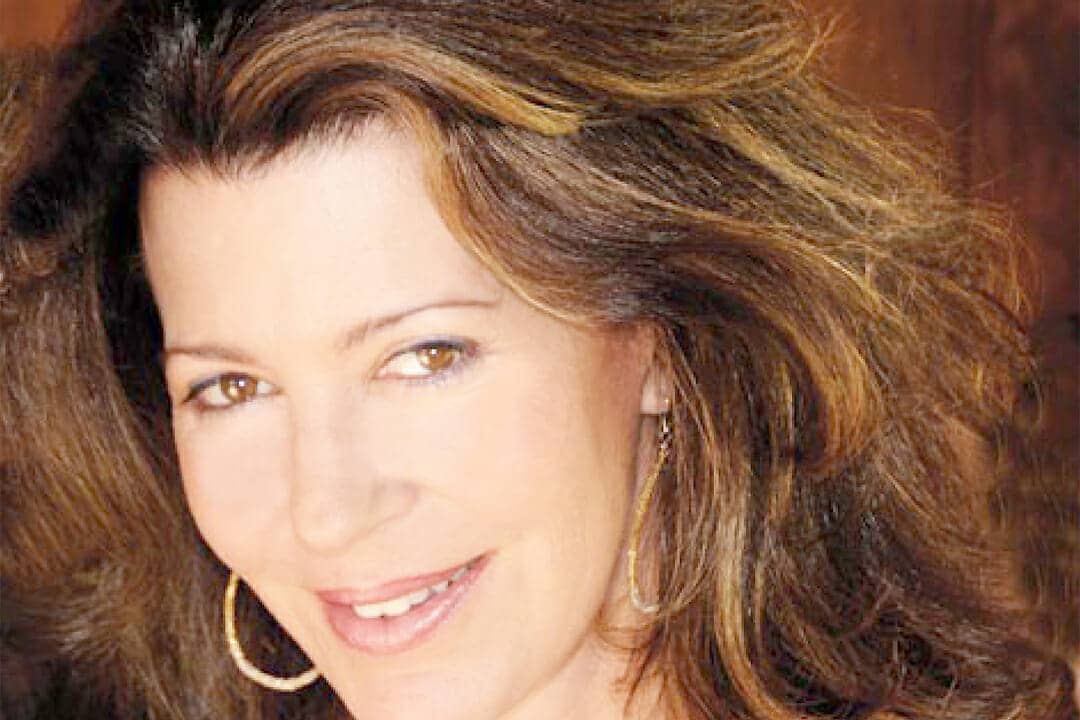This pattern of brain activity that’s active during musical improvisation happens in other scenarios as well. Altered states of mind — those times when we aren’t necessarily “with it,” when we are for example either dreaming, meditating, or under hypnosis — have produced such instances of “turning off” our executive functioning. However, there does seem to be some disparity in the effects based on the musician’s degree of experience.
Ian Sample of The Guardian discusses research conducted by Ana Pinho, in which she shows how the brain reacted to improvisation among musicians who had different levels of training. Pinho learned that these scans showed how areas of the brain involved in improvisation were less active in the more experienced pianists. This is likely because their brains had been working more efficiently. Regions thought to be important for improvisation had greater connectivity in the pianists who had more experience improvising. More improvisational training led to more automation and higher functional connectivity between regions that are important for creative playing. Practice makes perfect, they say, and maybe it’s true of improv as well.
Incidentally, other research has highlighted the possibility that musicians are most creative when not actually playing their instrument. A study conducted by John Rink, of Cambridge University, learned that these breakthrough moments typically happened when the players were either humming to themselves, or tapping out rhythms on the table, or when they imagined dance moves inspired by the music. “All of this helps to embed the music in one’s mind,” said Rink.
Rink and his colleagues also extrapolated four elements that were crucial in achieving creative expression in performance. These are freedom, flexibility, a sense of “being in the moment,” and a commitment to “giving” the music to an audience, even if the audience only happens to exist in the musician’s imagination.
So creativity is hardly limited to the arts. In fact, music and science share quite an important relationship, both relying heavily on the power of imagination. Albert Einstein, for instance, one of history’s most distinguished scientists, was a musician and often alluded to music as an important facet of his broader creative process.
According to Drs. Root-Bernstein, “Einstein first described his intuitive thought processes at a physics conference in Kyoto in 1922, when he indicated that he used images to solve his problems and found words later. Einstein explicated this bold idea at length to one scholar of creativity in 1959, telling Max Wertheimer that he never thought in logical symbols or mathematical equations, but in images, feelings, and even musical architectures.”
Furthermore, they suggest that Einstein considered science and brainwaves, as well as trigger neurotransmitters, like dopamine, that alter our mood and reward us for creative breakthroughs. Music can also help stimulate our imagination, one of the key components of the creative process. Listening to a song we love or fully immersing ourselves in a piece of beautiful music can shift our mood, create images in our mind, impact our limbic brain and open us up to new ideas.
Rebecca Adams offers some more insight about what kind of music we should listen to in order to get our creative juices flowing. She says that research suggests one of the most important factors is that we like the piece of music. She quotes evidence from the neuroscience professor Daniel J. Levitin: “The ‘right’ music — meaning, the right music for you at a particular point in time, because it’s subjective and idiosyncratic — pushes you into this mind-wandering state. You relax and you let your thoughts flow from one to another, and that’s how you get into creativity.”
So, listening to music certainly stimulates brain patterns, but is there a right way to listen and get the most out of it? In fact, new research points to a kind of “sweet spot” that is more likely to ignite creativity when listening to music. Ravi Mehta and his team have shown that ambient noise played at 70 decibels (typified as a “moderate” volume) boosted creativity, while researcher Emma Gray found that taking in 50 to 80 beats per minute was a creativity-enhancing tempo.
Given this bounty of research, the widespread destruction of school music programs becomes an area of concern. Charles Limb, author of the aforementioned jazz improvisation research, addresses the issue in speaking with Katrina Schwartz: “The problem is a lot of kids don’t get much unstructured time either in school or out of it. School is often based on right or wrong answers, leaving little room for students to come up with ideas that haven’t been taught to them before … We tend to look at education of creative aspects of children as something that happens incidentally and that is entertainment-based … [When actually,] art may be one of the best ways to train the brain to have this kind of creative fluency.”
I’m willing to wager that’s a tune we would all be willing to sing along to — and in this harmony, we could find the essence of creativity.
This article was originally published in the Summer 2015 issue of Brain World Magazine.
Related Articles
- Dare to Daydream: Unlocking Your Imagination To Find New Solutions
- Easy Listening — The Neuroscience of Music: An Interview with Dr. Daniel Levitin
- Mind the Gap: Unlocking Your Own Creativity
- Music: It’s Got the Power To Move You
- Notes to Live By: Why Your Brain Craves Music
- Until Inspiration Comes Along: 5 Habits of Creative People








